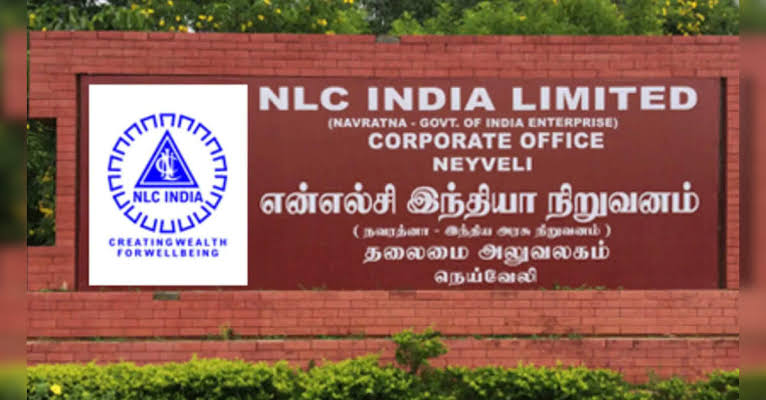NLC India Ltd is making headlines with its plan to invest Rs 1.25 lakh crore by 2030, and it’s not just about building more power plants. The company is betting big on renewables, aiming to triple its total power generation capacity and become a major player in India’s clean energy future.
What’s the Plan?
-
NLC wants to grow from 6.7 GW to 20 GW of total power capacity by 2030.
-
Out of the total investment, Rs 65,000 crore is set aside for renewable energy—think solar, wind, and even green hydrogen projects.
-
Another Rs 15,000 crore will go into battery storage, which is key for making renewable power available around the clock.
-
The rest will be split between thermal power (Rs 45,000 crore) and mining (Rs 15,000 crore).
Why Now?
India has set some ambitious climate goals, including 500 GW of non-fossil fuel capacity by 2030 and net-zero emissions by 2070. NLC’s move lines up with these targets and shows a real shift away from coal and toward a more balanced energy mix.
How Will They Pay for It?
-
The funding will come from a mix of internal savings, loans, IPOs, and even some money from abroad.
-
NLC’s green energy arm is expected to go public by 2027, which should help raise more funds for expansion.
What’s in the Pipeline?
-
The company’s renewable energy capacity is set to jump from 1.4 GW to 10 GW by 2030.
-
Big projects are planned in states like Maharashtra, Rajasthan, Assam, and Gujarat.
-
NLC is also working with state governments and other public sector companies to get land and build the needed infrastructure.
Why Should You Care?
This isn’t just about more electricity. The investment is expected to create jobs, encourage new technology in battery storage and green hydrogen, and help India cut its carbon emissions. If NLC pulls this off, it could set a new standard for how public sector companies approach clean energy.
Looking Ahead
NLC India’s massive capex plan is a clear sign that the energy landscape is changing. The focus is shifting to renewables, and the company is positioning itself to be at the center of India’s clean energy transition.
Sources: Economic Times, NDTV Profit, Outlook Business, The Week, Business Standard, Mercom India, EQ Mag Pro, Moneycontrol, Indian Express, PTI News
